Created in 2014, Nacon is Bigben's new gaming division. The endgame for this French veteran in accessory-making is to get rid of their reputation as a low-quality brand and find their way next to Razer and the other big boys. Or, as they put it: “to offer players the tools to become gamers through a full range of quality gear”. Just that.
Let's remind everyone that a good arcade stick, in other words a sturdy case, quality stick and buttons, can be found for about 100€. Beyond that, one will sometimes pay for extra comfort, options, or just the price for the brand or logo. For 200€, the Daija sits between the very popular Hori Real Arcade Pro and the next tier, represented by the Razer Panthera.
From a format standpoint, it is very similar to the Panthera with 38x26x7,5cm and 3,7kg (instead of 3,5kg for its Razer counterpart). As opposed to what the promotional pictures would lead you to believe, the case is not gray/purplish, but in fact made of black plastic. The whole thing is pleasantly heavy and stable; the case lightly muffles the sound produced by pressing buttons, just enough to accentuate the impression of sturdiness the stick gives off.
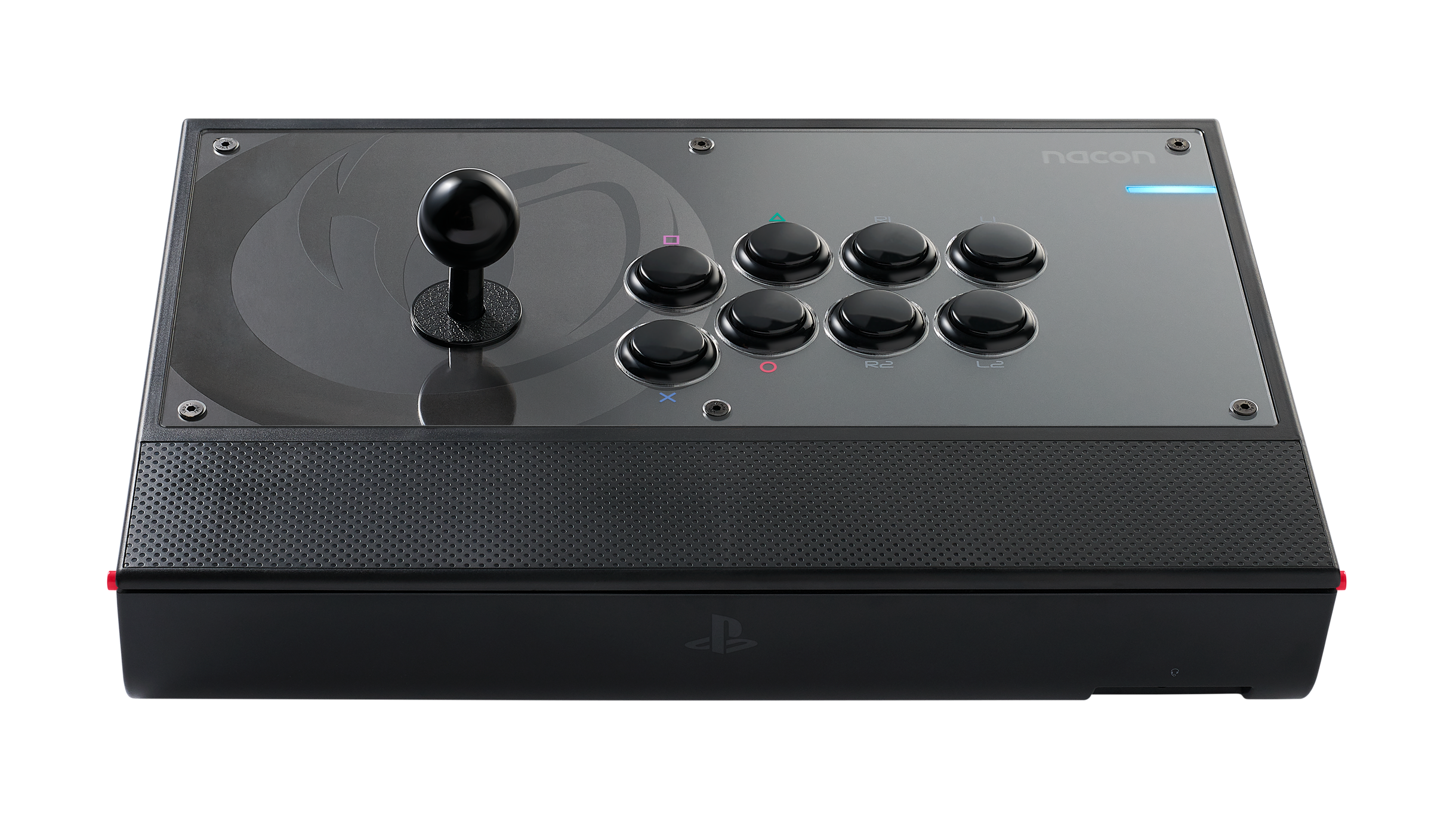
The entire underside is covered in a rubber non-slip mat, way healthier and easier to clean up compared to a foam mat. Both buttons and stick are branded Sanwa, the most obvious solution to satisfy most European players. The 3m long USB cord is attached to the case, with its own storage compartment. Lastly, a headphone jack is located in a small recess at the front of the arcade stick. The Daija is compatible for PS3, PS4 and PC.
The layout, however, can come off as surprising. The positioning of the first two LP and LK buttons is similar to that of a Noir layout, while the other six are aligned the Vewlix way. We end up with the LP button being really far from his buddies. Once you get over the initial surprise, the buttons feel right to handle and the whole thing is still more comfortable than the usual Vewlix – which, by the way, has become the norm even though it has not been accepted unanimously. The upper plate also features a sort of wrist rest, a wide strip of plastic on which your hands can slide smoothly. While it isn't a deciding factor by any means, it feels surprisingly comfortable, and for those of you who dislike the somewhat sticky aspect of acrylic, you might want to give this a try.
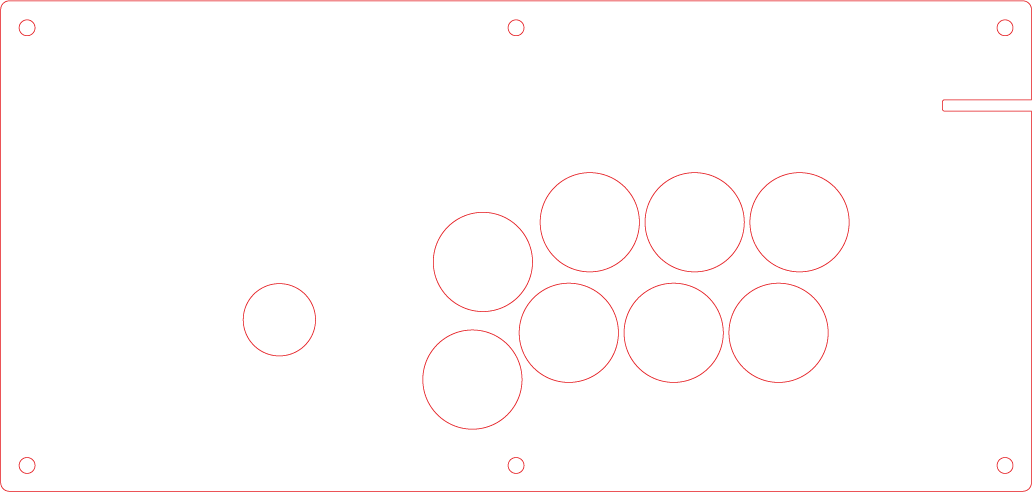
The function buttons are spread on the right side of the stick. They stick out only slightly and need to be pressed pretty hard to trigger, which reduces the risks of an accident, despite the lack of a safety lock. The issue mainly comes from the two red buttons which allow you to open the stick's cover. Those do stick out a lot, and it takes time getting used to not pressing them by accident. You eventually get used to it but it's not that great in a bag, it is the kind of detail that we would like to see changed for the next model (just an idea, but what about sliders instead of buttons?). It's a real shame when you take into consideration the fact that having two locks on your cover, one on each side, is pretty valuable. The upper panel does not move in the slightest, you can hammer buttons or stick without worry (I know what you're thinking, it is something we all do): the Daija takes it like a champ.

Once opened, the inside is tidy and cables are hidden behind plastic covers. The hinges are reliable; that's great since one of Daija's assets is being easy to tinker, so you want to be able to leave it open without any issues. In a compartment, you can find a wrench, meant to wedge the joystick's shaft and unscrew the balltop, and a battop if you want to replace it, as well as a screwdriver which allows you to remove the upper panel's acrylic. To get access to the PCB, also located beneath a plastic cover, you need to remove 4 screws hidden behind stickers, which certainly voids the warranty. There is enough room to replace the circuit by a Brook UFB for instance, a pretty valuable feature considering this stick is meant for the PS4, a console in its twilight years.
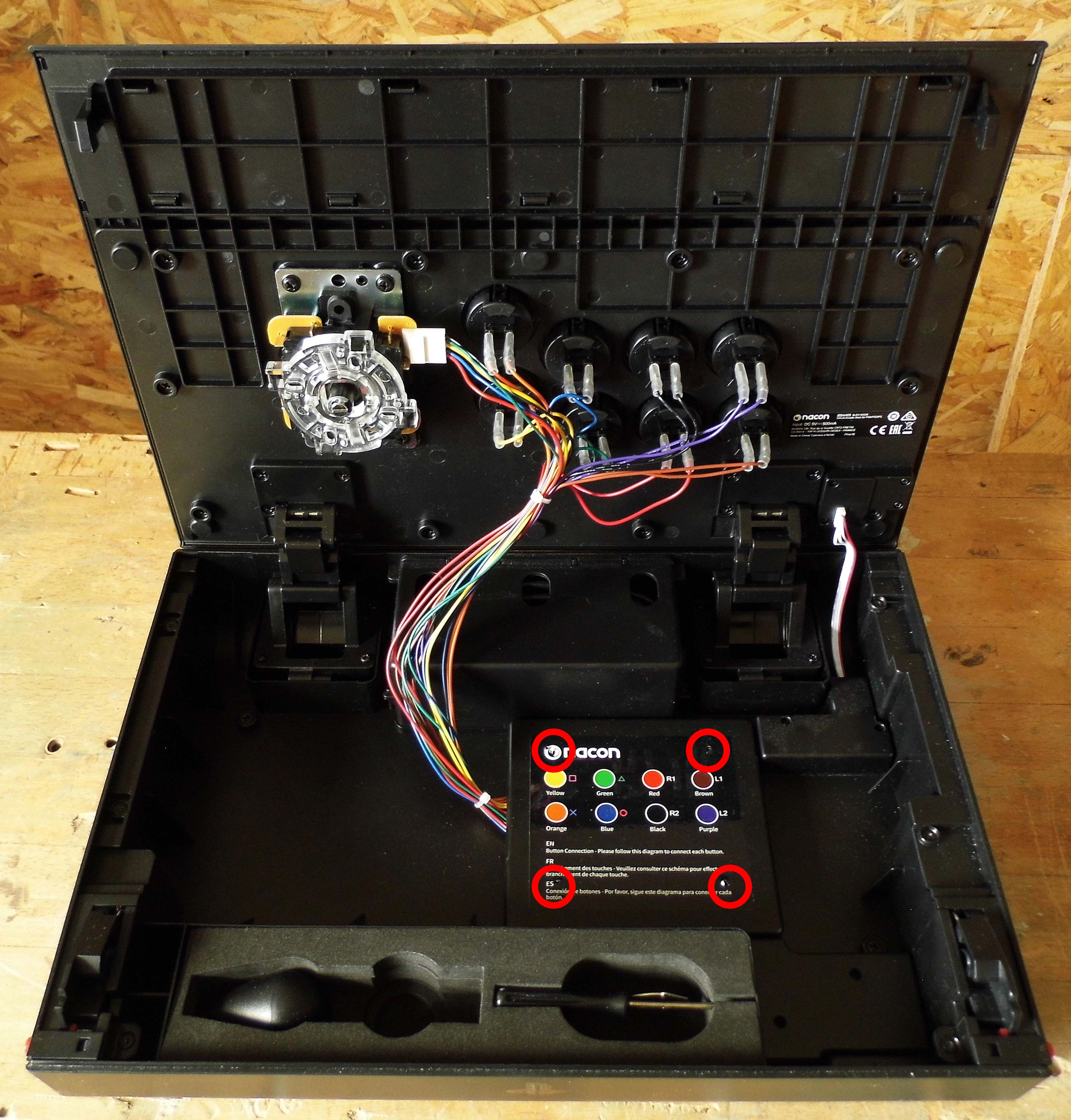
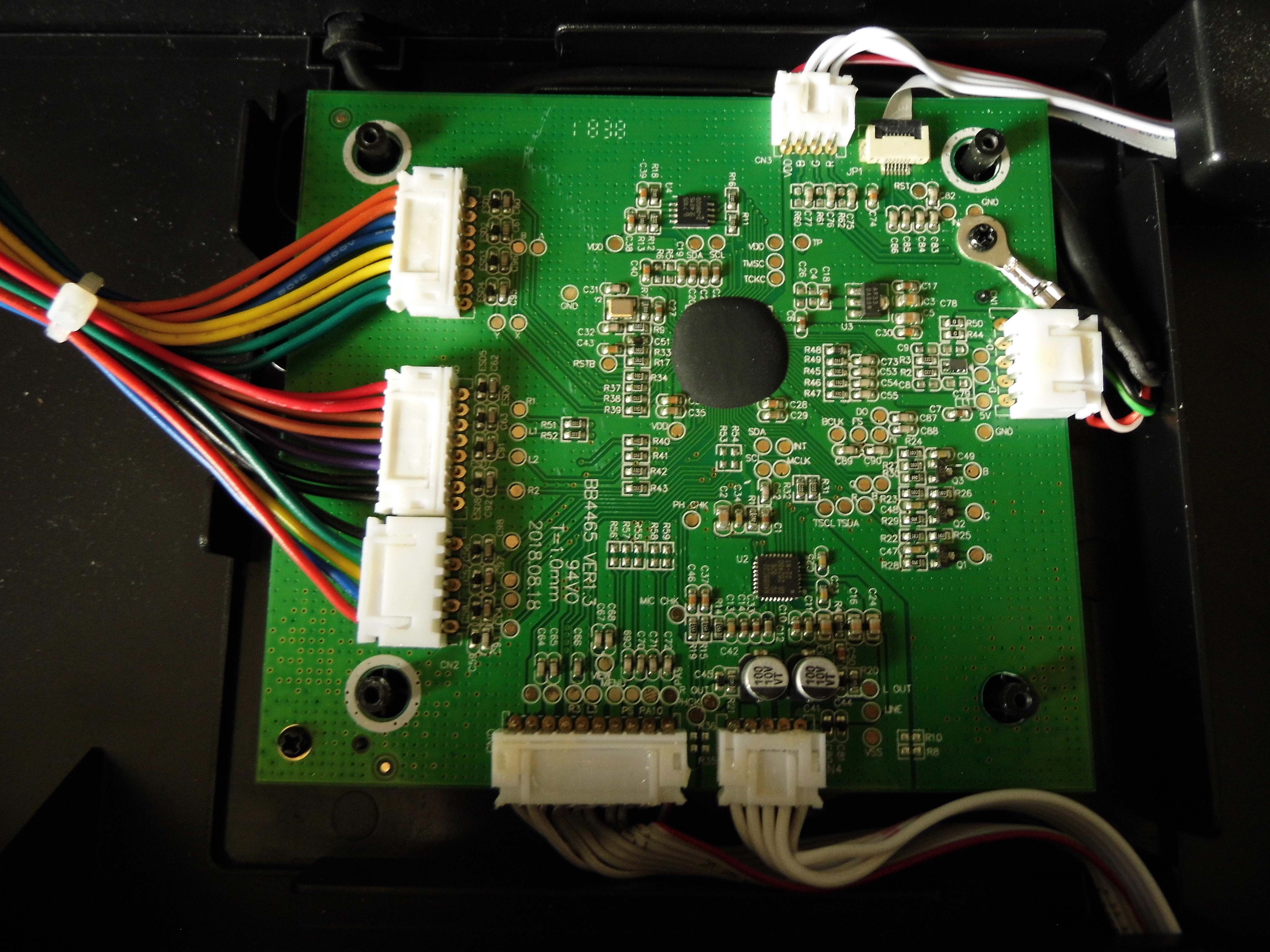
On the upper panel, the acrylic is very easy to remove, with a similar system to that of the Madcatz TE2+: the plate holes are wider than the buttons. As a matter of fact, you only need to unscrew the 6 screws which hold the acrylic down as well as the joystick's balltop in order to release and replace the artwork. Just like with the TE2+, to make up for the fact that the acrylic is placed around the buttons and not underneath, the buttons are all elevated thanks to a circle of plastic. That way, the buttons end up at the proper height.
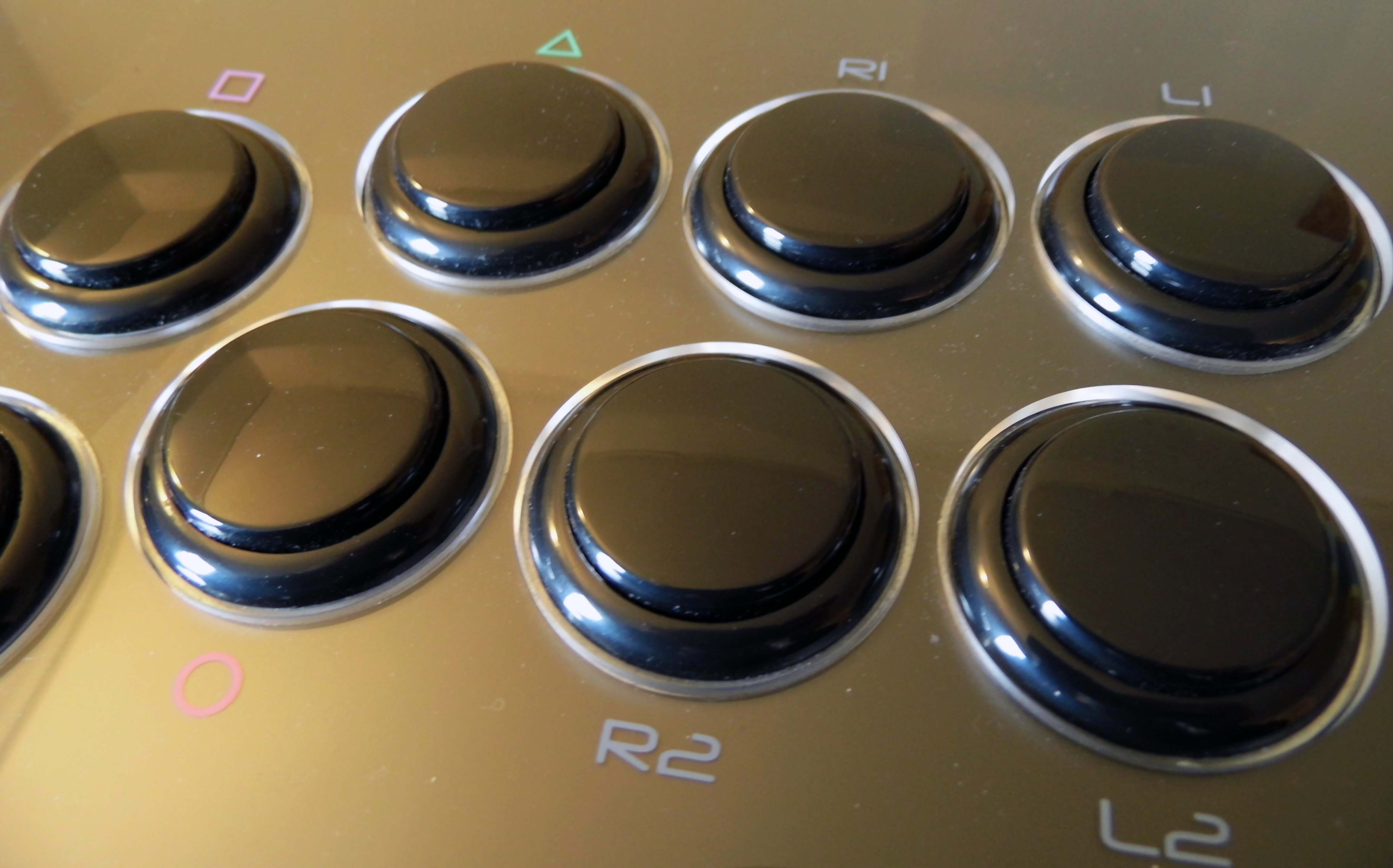
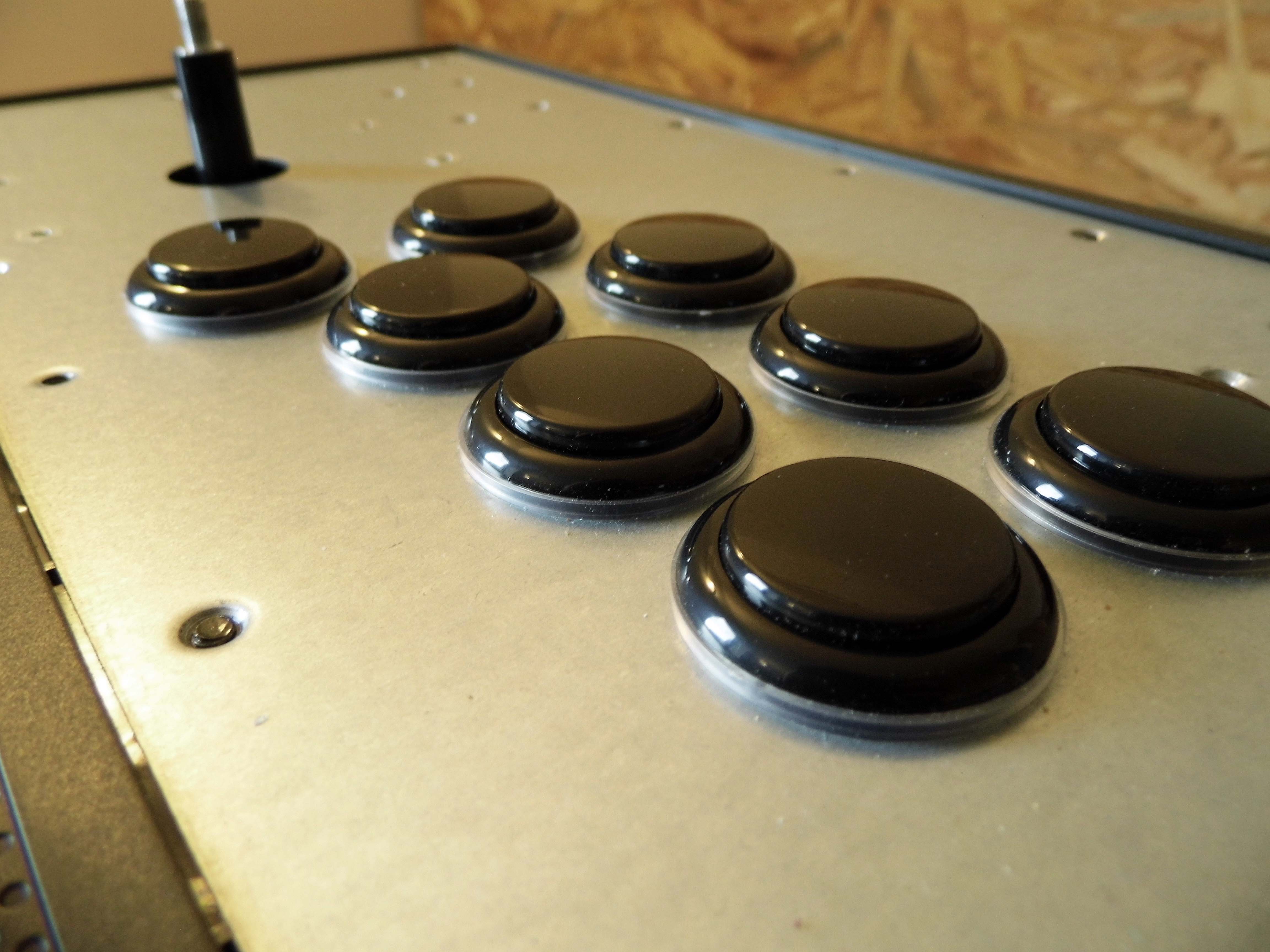
While replacing the artwork or buttons is very simple, advanced modding options can quickly get complicated. The upper plate is composed of a metallic plate and a layer of plastic. That means widening the gap to make it fit a Fanta stick involves a lot of work. Not that big of a deal considering these modifications are very rare, especially among western players. However, leaving a wide enough opening in the plastic layer to only have to pierce or replace the metallic plate would have been much appreciated.
Bigger issue though, a screw and its notch are located very close to the Sanwa stick's mounting plate. While tinkering it to fit a Seimitsu plate is possible, the larger Hori Hayabusa plate will hardly fit. Once again, not every player would want to replace their Sanwa joystick; but on a sturdy stick of such quality, we would have preferred a little more flexibility to modify it over the years. We do know that the Victrix - which is supposed to be one of 2019's most promising sticks - suffers from a similar issue. As the supply in quality amateur or professional levers is bigger than ever, this design choice from arcade stick manufacturers is a little disappointing.
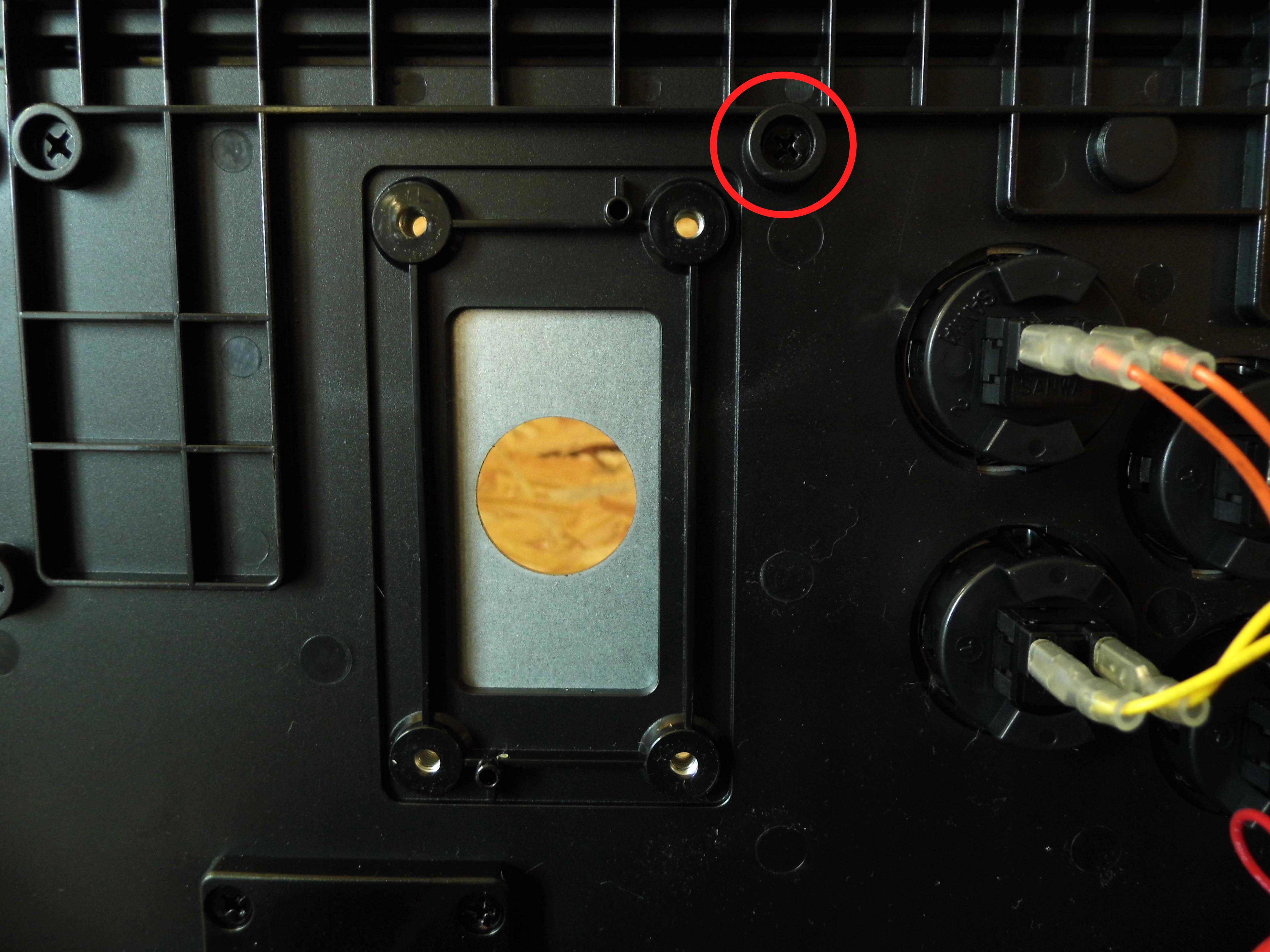
Despite some youthful mistakes, the Nacon Daija establishes itself as a solid option. Be careful though not to confuse sobriety with cheesy. This arcade stick does its job, and it does it well, without throwing out big words like “GEEK” or “BOOBS”. While 200€ is definitely quite a lot of money, it should be noted that the Daija's characteristics put it on a price range of about 250€. If you are a beginner looking to invest on the long term or a veteran searching for a new partner, you can go ahead without worry. Whether the Daija makes a Gamer of you is uncertain, but as a BigBen product, it has nothing to do with your little brother's controller.
The Nacon Daija was sent to us by Kayane
Thanks to Christophe Lopéré for the translation
